Mazda I-ELOOP Regenerative Braking System to Improve Fuel Economy by 10%

When Mazda unveils its new Takeri concept car at the Tokyo Motor Show next week, the company will be showing off more than just some shiny sheetmetal. Underneath that sleek new bodywork will be a new engineering solution in the war to conserve fuel and boost fuel economy.
Called i-ELOOP, Mazda’s new regenerative braking system, like much everything the Japanese automaker does, will differ significantly from those of its rivals. Rather than use a dedicated electric motor and battery, Mazda engineers have developed a solution that uses a variable voltage alternator, a low-resistance Electric Double Layer Capacitor (EDLC) and a DC/DC converter. The result is that the i-LOOP (Intelligent Energy Loop) can be fully charged and depleted in just seconds.
In daily driving the system begins to charge as soon as the driver lifts off the throttle. The electricity is gathered and sent to the EDLC in 25V for storage. When required, the DC/DC converter converts the energy to 12V before sending it to the car’s electric system to power components such as the climate control and audio system.
The ability to quickly generate and use the stored energy, when paired with Mazda’s i-stop start-stop system, means the gasoline engine can be shut off for longer periods of time in stop-and-go traffic, thus resulting in a fuel economy improvement by as much as 10 percent.
Mazda has said the new system will be coming to production models in 2012.
GALLERY: Takeri Concept

With AutoGuide from its launch, Colum previously acted as Editor-in-Chief of Modified Luxury & Exotics magazine where he became a certifiable car snob driving supercars like the Koenigsegg CCX and racing down the autobahn in anything over 500 hp. He has won numerous automotive journalism awards including the Best Video Journalism Award in 2014 and 2015 from the Automotive Journalists Association of Canada (AJAC). Colum founded Geared Content Studios, VerticalScope's in-house branded content division and works to find ways to integrate brands organically into content.
More by Colum Wood




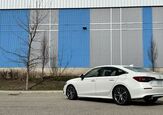

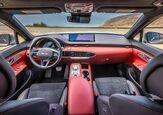

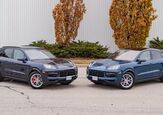




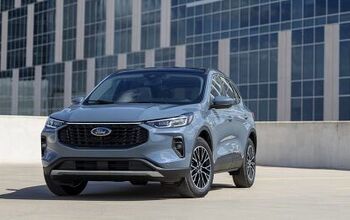
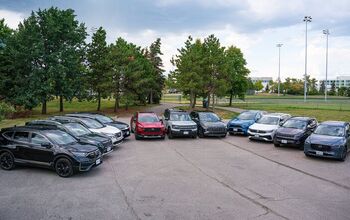
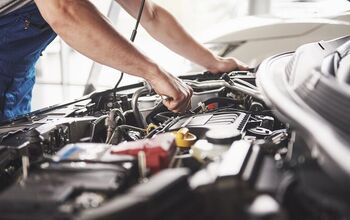


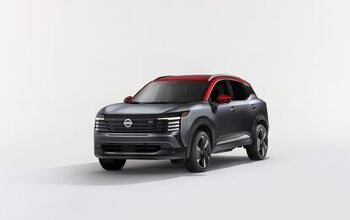

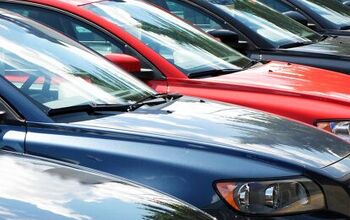
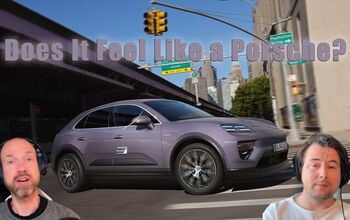

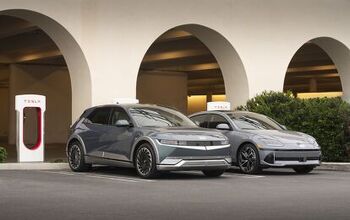
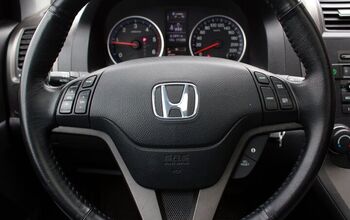

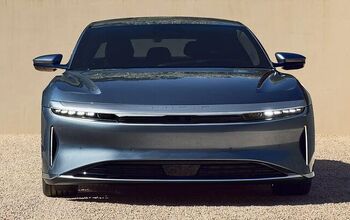
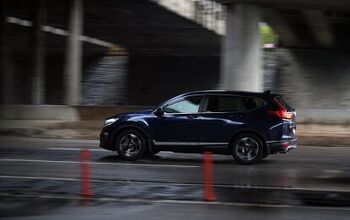



Comments
Join the conversation
Too bad they can't fix the existing brake system so it doesn't squeal?